A website dedicated to sharing images of Covid-19-related skin rashes to help doctors and patients identify whether an unusual rash might be a sign of coronavirus infection has been criticised for containing just two images of black or brown skin.
The British Association of Dermatologists’ (BAD) Covid-19 Skin Patterns website features 400 images of Covid-associated rashes, from prickly heat and chickenpox-type rashes to raised itchy hives and chilblain-like “Covid fingers and toes”.
They were gathered by the Covid Symptom Study app in response to growing evidence that skin rashes are a key feature of the disease, present in around 9% of app users testing positive for Covid-19. In children they may be even more predictive, with a sixth of children experiencing a rash and no other symptoms.
“Being able to recognise these is crucial for reducing the spread of [Covid-19],” said the president of BAD, Dr Tanya Bleiker.
Rashes, headaches, tingling: the less common coronavirus symptoms that patients have
Read more
Ore Odubiyi, the director of BME Medics, a platform committed to improving diversity and inclusion in healthcare, said the lack of images showing how Covid rashes manifest on people of darker skin tones may mean healthcare professionals are less equipped to diagnose potential cases.
“When we consider that certain BAME communities in the UK are disproportionately impacted by Covid-19, it is crucial that visual resources which show how Covid-related skin changes may appear in darker skin tones are made readily available at a similar standard seen in resources exemplifying signs of disease in fairer skin tones.”
Around 3,000 images of suspected Covid rashes were uploaded via the app, but although the survey specifically requested images from BAME groups, only 173 were received. “This may be explained, in part, by cultural factors but also because rashes are less visible on darker skin and may have been difficult to photograph,” said a spokesperson for BAD, adding that they had to cull those that were not of sufficient quality or had other issues identified by reviewers.
Dr Ifeoma Ejikeme, a cosmetic doctor and founder of the Adonia Medical Clinic in London, said: “At this point, I would rather put up poor quality images than no images. They now need to be speaking to and liaising with GPs to get those pictures.”
The problem isn’t confined only to Covid-19. “There are so many situations in which black people may not present themselves to medical professionals because they may not recognise themselves in the language or the pictures that we use typically use,” said Margot Turner, a senior lecturer in diversity and medical education at St George’s, University of London, and co-author of a new handbook of clinical signs on black and brown skin.
For instance, meningitis awareness posters often talk about looking out for a red rash, which can be difficult to see on darker skin, and bruising is also less obvious, which may result in fewer cases of domestic violence being detected during GP visits, she said.



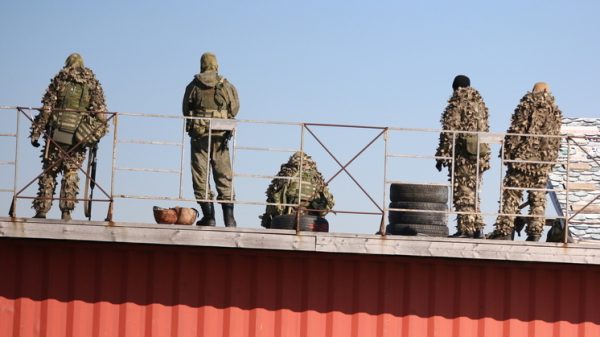




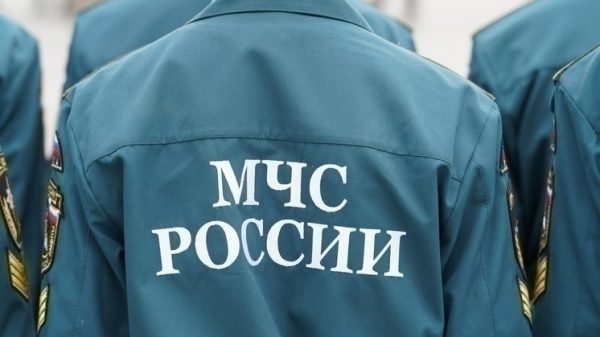
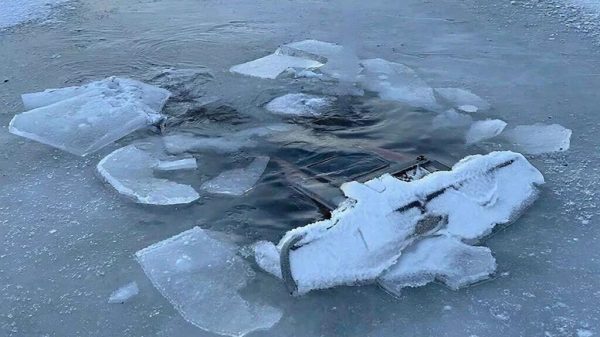


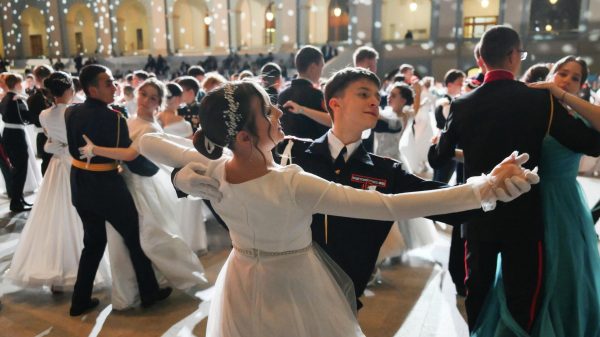

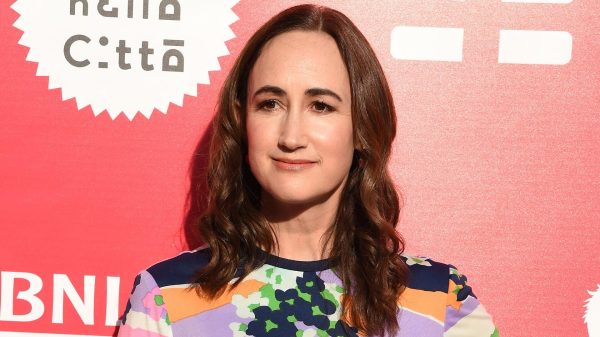
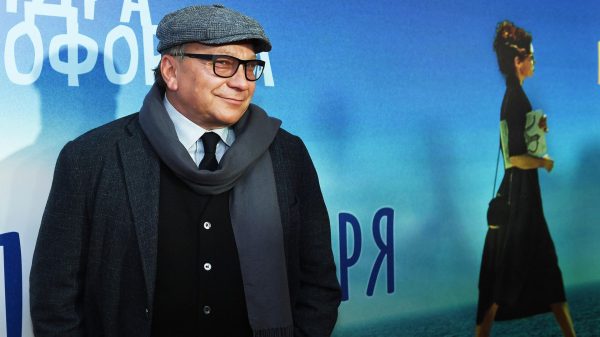
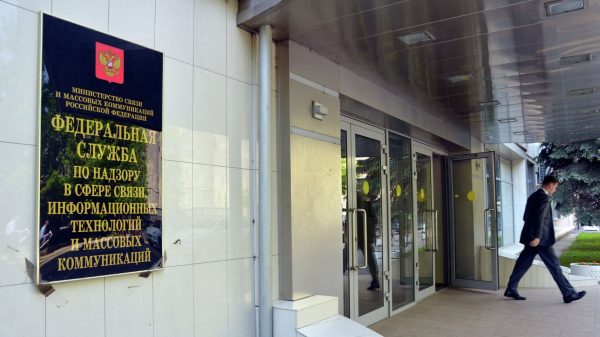


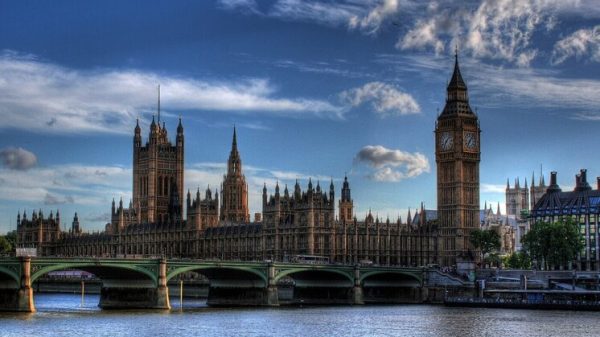

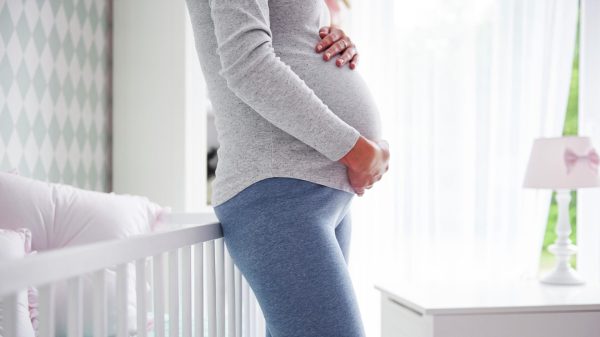
































Свежие комментарии